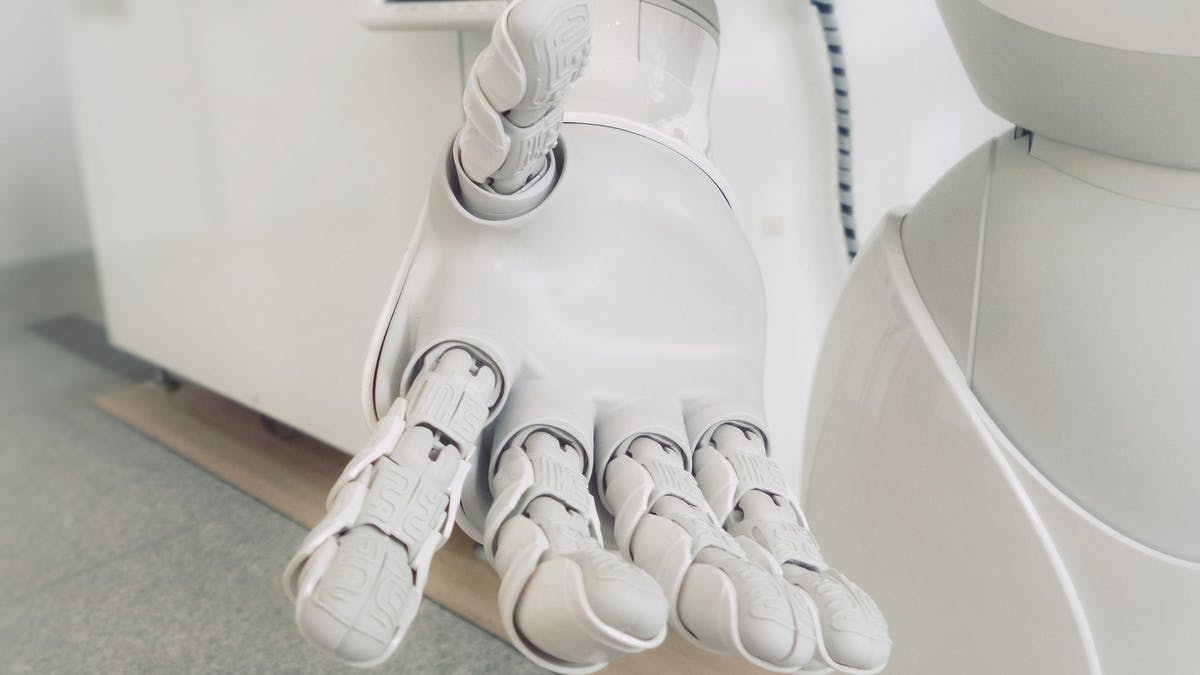When someone invents something, they file a patent, which is simply a state-granted right that allows the right holder to prevent third parties from financially exploiting the invention for a set period from the patent application’s filing date.
But when the inventor is a robot instead of a human? Who gets the patent, then? Are there laws for this?
Well, yes and no.
In a landmark case in 2021, the Australian Federal Court ruled that for the first time, an artificial intelligence (AI) the machine could be listed as an inventor on a patent application under the Australian Patents Act 1990. (the Act).
The decision was made about Dr Stephen Thaler’s DABUS (Device for the Autonomous Bootstrapping of Unified Sentience) AI system. Dr Thaler filed patent applications naming DABUS as the inventor of two inventions.
The Australian Federal Court ruled that DABUS could be listed as the inventor even though it was not a natural person.
So that’s the end of it, then? Not really. Dr Thaler credited DABUS with developing two products: a food container with a fractal surface that aids in insulation and stacking and a flashing light for attracting attention in an emergency. Following an appeal, a five-judge bench of Australia’s Full Federal Court unanimously overturned the 2021 decision, ruling that an inventor must be a natural person for the Act.
What’s Australia’s IP legislation?
Intellectual property (IP) is your mind’s or proprietary knowledge’s property. This can be an invention, a trademark, a design, a brand, or even the implementation of an idea.
In Australia, a standard patent can be used to protect any creator’s technology, substance, technique, or process in Australia. The standard patent also supports provisional patents and international patent applications.
For more information on Australian patents and qualified patent professionals, see IP Australia: Patents.
Are there loopholes in Australia’s patent laws?
Associate Professor Alexandra George, an intellectual property (IP) law specialist, AI expert, Laureate Fellow, and Scientia Professor Toby Walsh, argues that Australia’s patent law is insufficient to deal with such cases and that legislators must amend laws governing IP and patents – laws that have operated under the same assumptions for hundreds of years.
Can machines be owners under the law?
Associate Professor George says the attempt to have DABUS awarded a patent for the two inventions instantly creates challenges for existing laws which have only ever considered humans or entities comprised of humans as inventors and patent-holders.
The Australian Full Federal Court noted that, while the term “inventor” was not defined in the Act, its interpretation should follow the ordinary English meaning—that is, “the person who makes or devises the process or product.”
Furthermore, the law relating to a person’s entitlement to the grant of a patent is premised on an invention arising from the mind of a natural person or persons for the Act.
“Even if we accept that an AI system is the true inventor, the first big problem is ownership. How do you work out who the owner is? Associate Professor George says that an owner needs to be a legal person, and an AI is not recognised as a legal person,” Associate Professor George says.
Ownership is crucial to IP law. Without it, others would be little incentive to invest in the new inventions to make them a reality.
The future is here
Prof. Walsh claims that this isn’t the first time AI has aided in developing new inventions. In drug development, a new antibiotic – Halicin – was created in 2019 by using deep learning to identify a chemical compound that was effective against drug-resistant strains of bacteria.
“Halicin was originally meant to treat diabetes, but its effectiveness as an antibiotic was only discovered by AI directed to examine a vast catalogue of drugs that could be repurposed as antibiotics. So there’s a mixture of human and machine coming into this discovery.”
Amend the laws
AI has the potential to accelerate the rate at which inventions are made, potentially overwhelming the patent system.
Authors argue that governments worldwide will need to modernise the legal structures that determine whether or not AI systems can be granted intellectual property protection.
They advocate for creating a new form of IP law that is specifically tailored to the circumstances of AI-generated inventiveness. They argue that this would be more effective than attempting to repurpose and incorporate AI inventions into existing patent laws.
After examining the legal issues surrounding AI and patent law, the authors are now working on answering the technical question of how AI will invent in the future.
But we’ll have to wait and see until then.
IP Australia administers registration. Information on the process is available online at www.ipaustralia.gov.au/patents. See more details on Australian patents and qualified patent professionals here.
Keep up to date with our stories on LinkedIn, Twitter, Facebook and Instagram.

